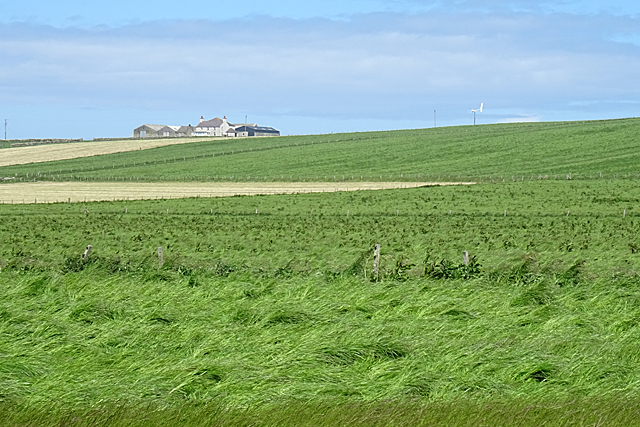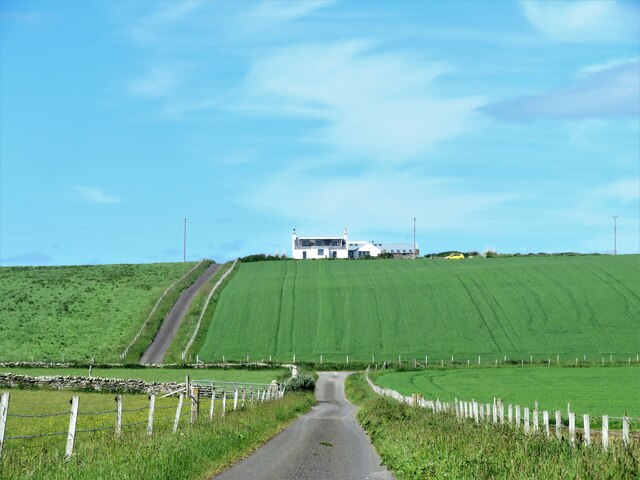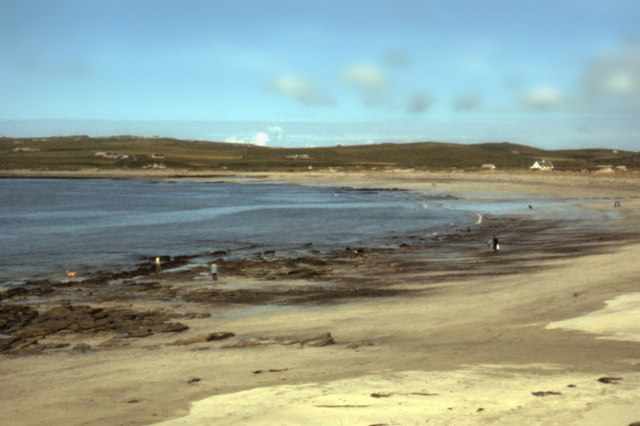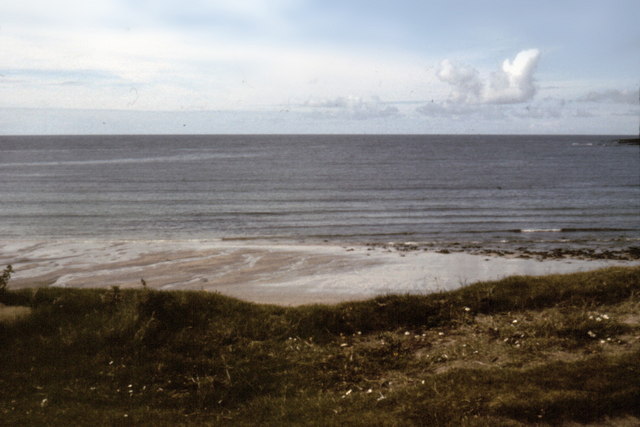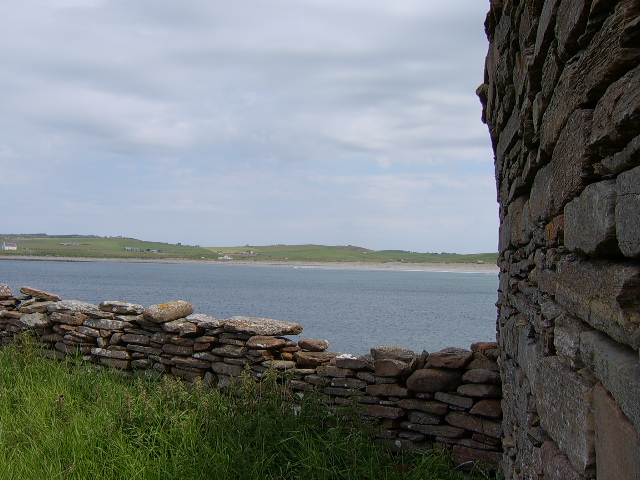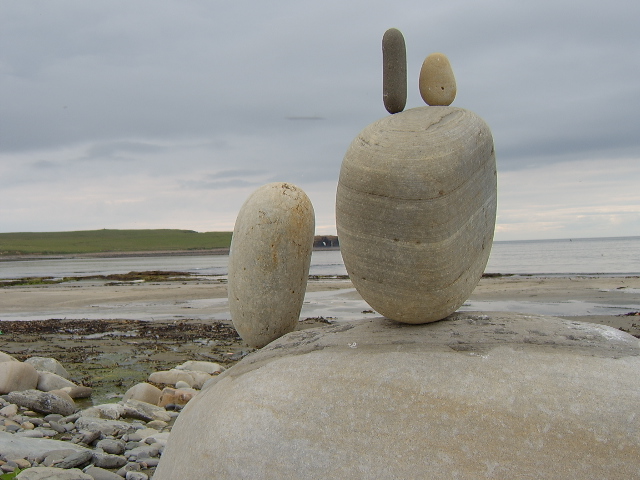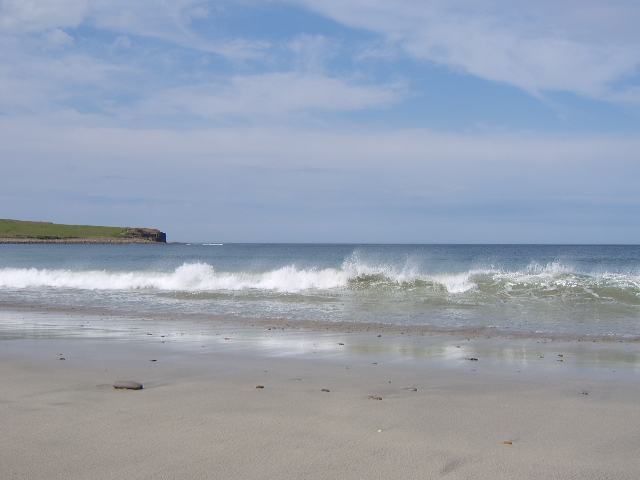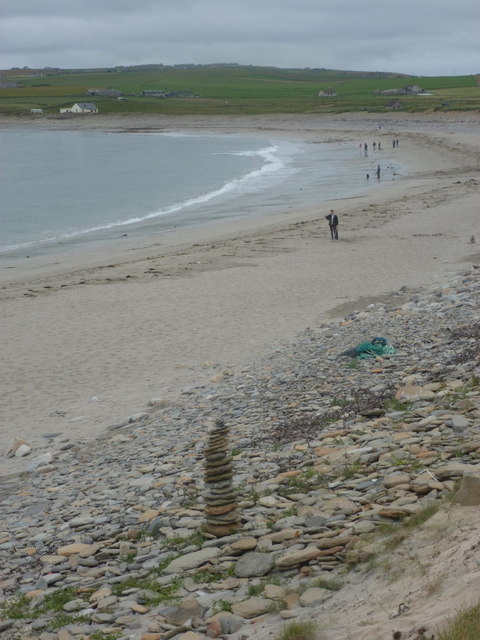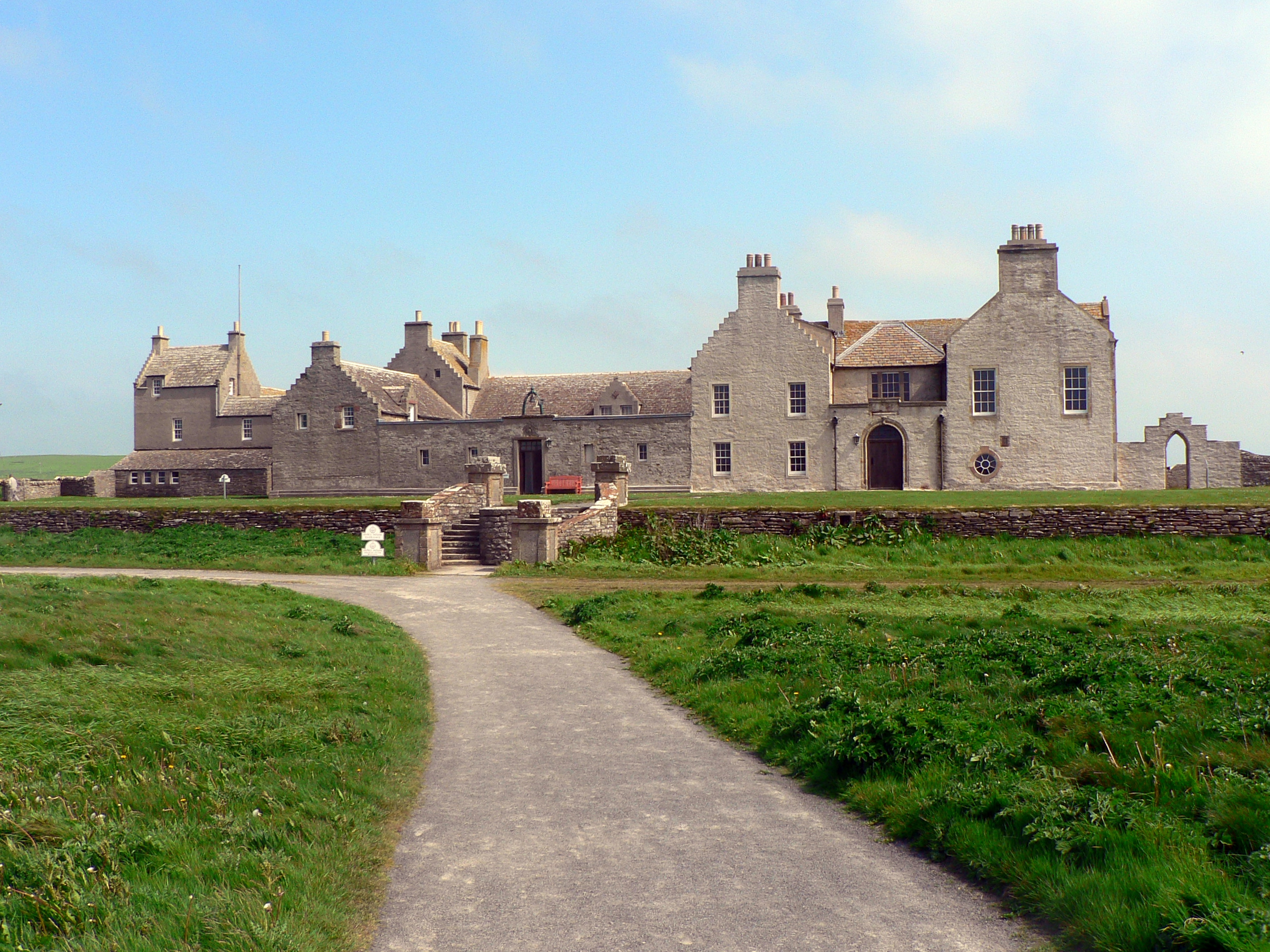Bay of Skaill
Bay in Orkney
Scotland
Bay of Skaill
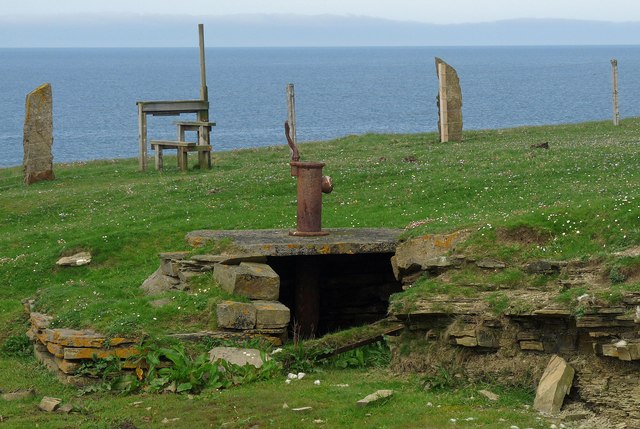
The Bay of Skaill is a picturesque coastal inlet located on the west coast of Mainland, the largest island in the Orkney archipelago in Scotland. Situated near the village of Sandwick, the bay stretches for approximately 2 kilometers and is a popular destination for both locals and tourists alike.
The bay is characterized by its stunning natural beauty, with pristine sandy beaches, rugged cliffs, and crystal-clear turquoise waters. It is surrounded by rolling green hills and offers breathtaking panoramic views of the Atlantic Ocean. The bay's tranquil and serene atmosphere makes it an ideal spot for relaxation and leisure activities such as picnicking, sunbathing, and beachcombing.
One of the main attractions in the Bay of Skaill is the famous Neolithic site of Skara Brae, a remarkably well-preserved prehistoric village that dates back over 5,000 years. This UNESCO World Heritage site provides visitors with a fascinating glimpse into the lives and culture of the ancient inhabitants of Orkney.
In addition to its archaeological significance, the bay is also home to a diverse array of wildlife. Seals can often be spotted basking on the rocks, while a variety of seabirds soar above the cliffs. The surrounding waters are teeming with marine life, making it a popular destination for birdwatching and fishing enthusiasts.
Overall, the Bay of Skaill offers a unique blend of natural beauty, historical importance, and ecological diversity. Whether one is interested in exploring ancient ruins, enjoying a peaceful day at the beach, or simply immersing themselves in the stunning coastal scenery, the bay provides a truly unforgettable experience.
If you have any feedback on the listing, please let us know in the comments section below.
Bay of Skaill Images
Images are sourced within 2km of 59.053399/-3.3436428 or Grid Reference HY2319. Thanks to Geograph Open Source API. All images are credited.
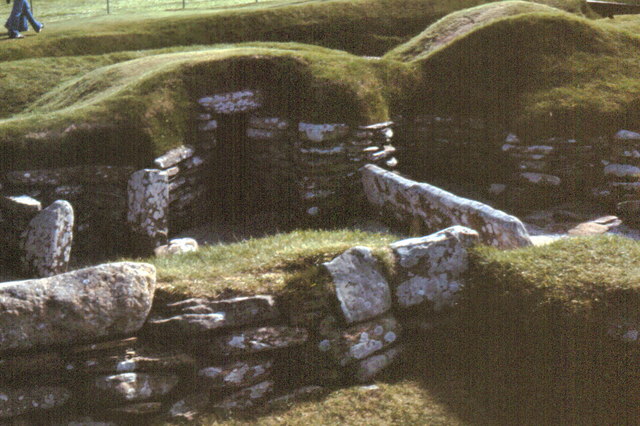
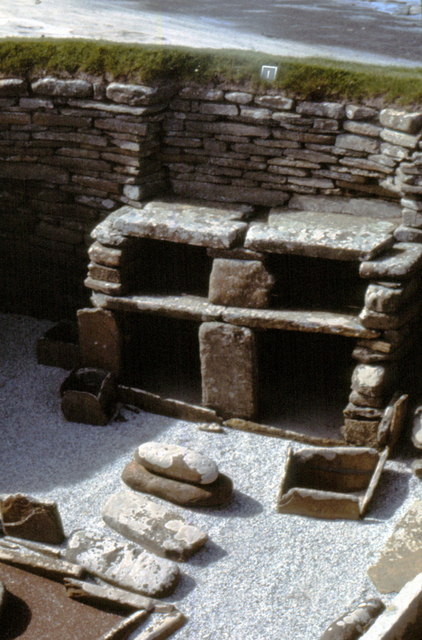
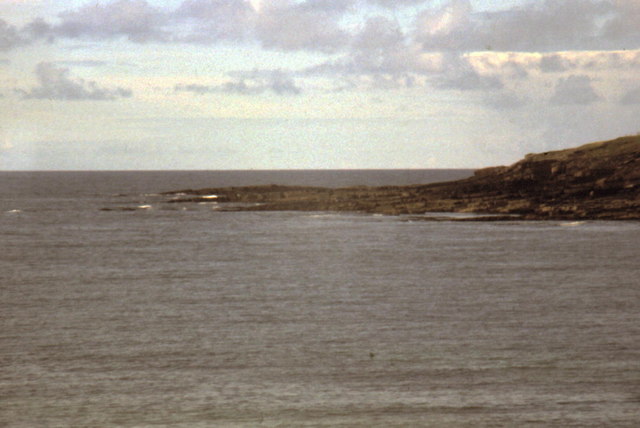
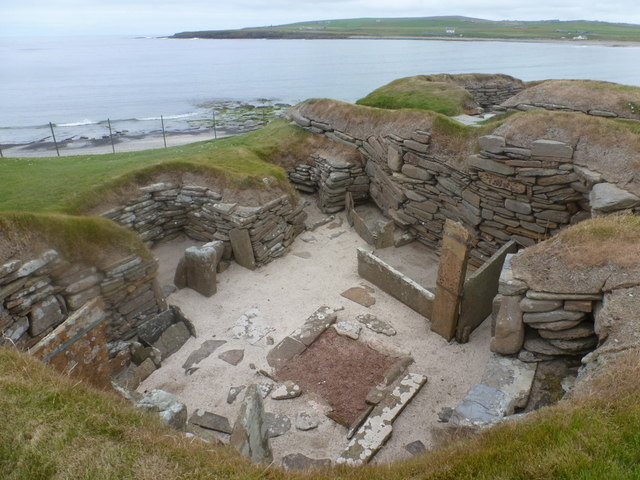
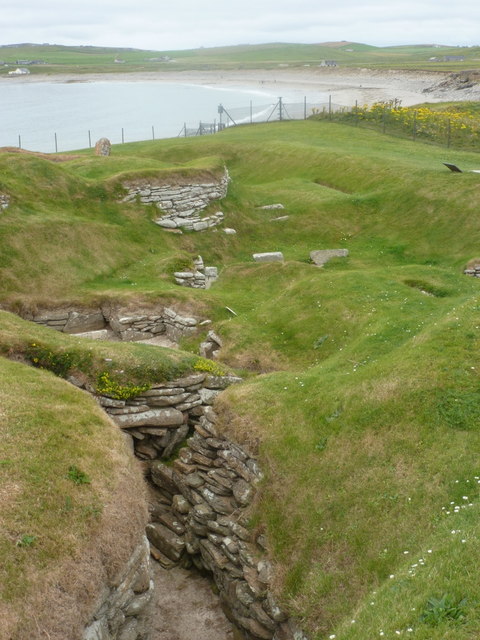
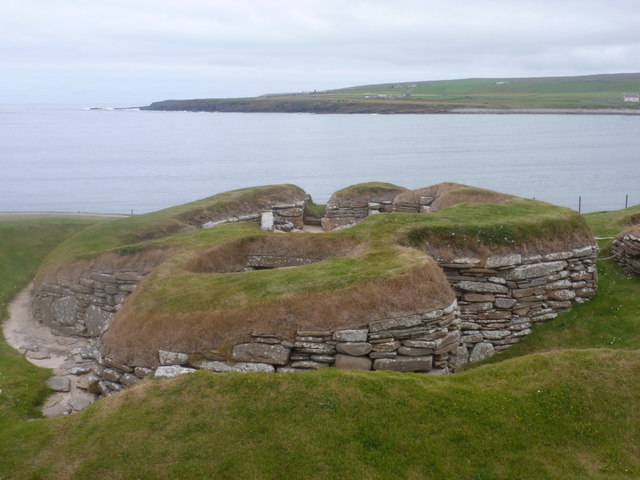
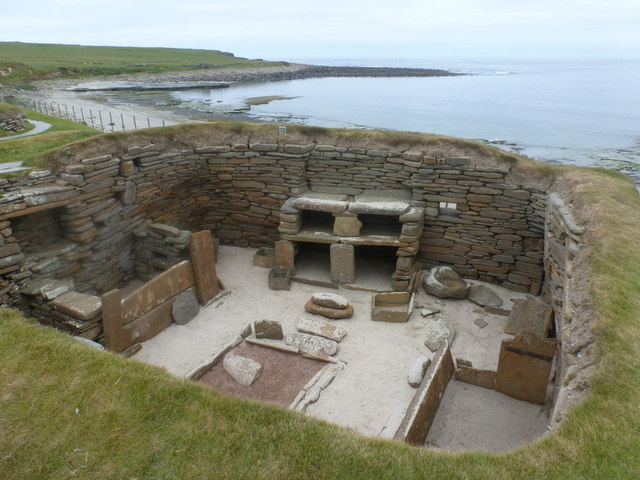
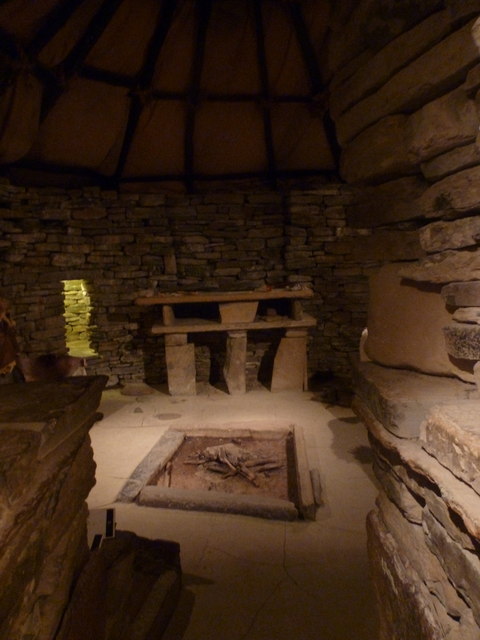
Bay of Skaill is located at Grid Ref: HY2319 (Lat: 59.053399, Lng: -3.3436428)
Unitary Authority: Orkney Islands
Police Authority: Highlands and Islands
What 3 Words
///clutches.tightrope.employer. Near Sandwick, Orkney Islands
Nearby Locations
Related Wikis
Bay of Skaill
The Bay of Skaill (from Old Norse Bugr Skála) is a small bay on the west coast of the Orkney Mainland, Scotland. == Visitor attractions == Bay of Skaill...
Skara Brae
Skara Brae is a stone-built Neolithic settlement, located on the Bay of Skaill on the west coast of Mainland, the largest island in the Orkney archipelago...
Skaill House
Skaill House is a historic manor house in Sandwick parish on Mainland, the largest of the Orkney Islands, Scotland. The house overlooks the neolithic site...
Loch of Skaill
The Loch of Skaill is a small somewhat triangular, freshwater loch in the parish of Sandwick, Orkney on Mainland Orkney, Scotland. It lies 0.5 mi (0.80...
Have you been to Bay of Skaill?
Leave your review of Bay of Skaill below (or comments, questions and feedback).
